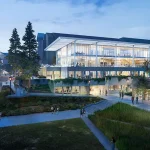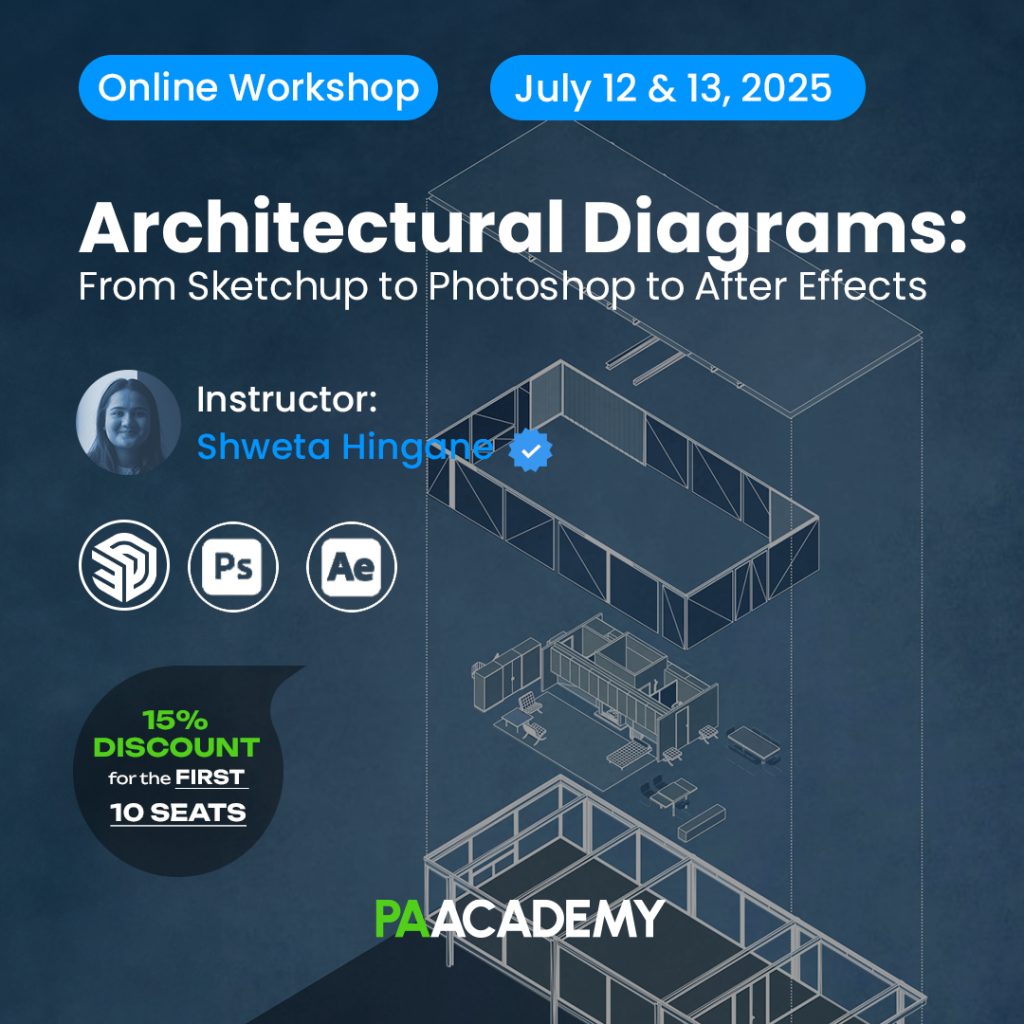Practice and theory in architecture have long stood at a crossroads, often appearing as separate disciplines rather than two sides of the same coin. While architectural education equips students with conceptual knowledge and design principles, the transition from academia to professional practice can be starkly challenging. The ability to craft visionary designs on paper does not automatically translate into the capability to execute them in reality.
Out of all beings, humans have shaped the world not because we are the strongest or fastest but because we are the most intelligent. We can conceptualize things inside our minds and then use that to bend and shape the world.

However, getting from the stage of calculating something on paper and materializing it in the real world can be easier said than done. Few fields show more contrast between practice and application than architecture.
While getting educated in architecture is a wondrous and fascinating journey, the rubber meets
the road when you actually have to design buildings that can stand up.
Why is it so challenging to translate practice and theory in architecture?
Practical application in architecture seems so detached from theory, as it involves many skills aside from intellectually understanding the concepts. The education program usually tries to instill problem-solving, creativity, and artistic flare, but that gives you little more than the bare minimum.
Here are some of the blindspots that a lack of practical experience can cause:
No Teamwork skills
A building is like an ant hill, no doubt about that. And, of course, you need a lot of ants to build the hill. Depending on the project’s size, it can potentially engage hundreds of people, from on-site workers to city planners, engineers, and various others.
Each of these people has their own schedules, personalities, and priorities, and it can be hard to keep up the lines of communication. At times, it will feel like she is herding cats.

If you have worked for more than 5 years in any domain, you would have seen a type of person who is very good at their job but is a very poor coordinator and communicator, which inhibits their advancement.
Practical training for architecture students involves navigating the complicated minefield of personalities and interests that any type of team venture involves. This is true for architecture but is just as accurate for business, medicine, or running a butcher’s shop. Handing your term papers and being a good student won’t prepare you to be more personable.
Soft skills are obligatory, not optional. You have to be integrated and operate inside a team.
No knowledge of the tools of trade
Keeping in line with school education being miles wide and inches deep, we have a general lack of legislation knowledge, as well as niche-specific software.
Every city in every country is unique, as the local regulations can vary. This subject isn’t covered in one of your research assignments. A building’s design has to take into account local laws starting from the project planning stage.
Before pencil to paper is ever put down, the architect must make an effort to familiarize himself with the city’s laws.
In addition, some aspects of being a professional do not directly tie to your trade. For example, tracking your tasks, managing your emails, and managing your time are all aspects that are expected of you but are not directly taught.
Alternatively, if they are presented in school, not a large amount of time is spent on them. It is best to invest a few weeks researching tips on how to be more productive, manage stress, and work with third-party tools like MS Excel, action trackers, PowerPoint, etc.
Finally, there is software specifically designed for your job, such as BIM (building information modeling) and other programs you should familiarize yourself with.
To bridge the gap between theory and practice in architecture, gaining real-world experience is essential. Join PAACADEMY’s workshops to learn from industry experts about navigating the complexities of architectural practice, from teamwork and financial planning to mastering essential software and regulations.
Financial training
One of the most important gaps in architecture education is represented by the lack of financial education.
In the mind of a freshly graduated student, a remarkable building can take shape. Because, in our heads, we are not limited by scarce resources, supply lines, personnel and non-personnel costs, and so on.
Once you are on the job, you will swiftly run into these limitations. Coupled with the previously mentioned knowledge about legislation, financial planning is a must-have.
Every single penny must be accounted for, and numbers must be moved around to finalize the project. Of course, the project will have its own accountant, and you may be tempted to leave the bean counting to him.
However, how can you plan accurately and design a building without knowing how much it will cost?
Can you use any material you like from any company you like? Well, you cannot answer that question without consulting the allocated budget first.
Accountability will still lie with the accountant, but you should know it.
Quick solutions to fix the issue
Architecture, like law, is one of those fields where you either drown at first or swim long enough to become highly successful. The difficulty that fresh graduates encounter is staggering.

Yet, there are ways to mitigate that problem, such as redesigning the curriculum and preventing young architects from getting overwhelmed.
Courses that promote an integral view of the project
If a project fails, no person will say, “The architecture sketches were brilliant, but the engineering team failed.”
Your project and initiative will be judged as a binary: “Did the building go up or did it not?”. As a result, colleges have to design courses to promote a unitary and integralist mentality.
The way this can be achieved is to have collaborative classes with contractors, legal, urban planners, and engineers to give students an impression of how their future jobs will feel. A chance to experience feedback, pushback, and coordination will be greatly appreciated.
Internships
Another vital step in preparing architects for the workforce is to ensure that all students get the opportunity to work in internships. Especially in their later years, the college has to arrange for them to shadow a more experienced architect.
Visiting an actual job site is vital, as most jobs are learned by doing. Case studies on practical learning in architecture always produce better results.
The government can help in this scenario by providing opportunities to work in urban restoration, public housing, and other public contracts.
Similar opportunities can also be provided by collaborating with non-profit organizations.
Software training
It is not a given that young people and students are tech-savvy, especially when it comes to niche-specific software.
Instruction in leveraging the use of software should not be treated as an afterthought but as an integral part of the job.
Aside from the business and productivity programs that everyone has to know, focus should be spent on learning and teaching Rhino, BIM, and AutoCAD.
Conclusion
The Royal Institute of British Architects (RIBA) has released a worrying study where 7 out of 10 freshly graduated architects feel woefully unprepared for the rigors of their job demands. If 70% of your graduates feel that your training is not enough, then your training needs to be reevaluated.
In the future, universities should focus on context awareness and promoting an integralist view of the project. In addition, it is important to train people in using industry-specific and general productivity software while also assuring that students have the opportunity for practical learning during internships.



















Leave a comment